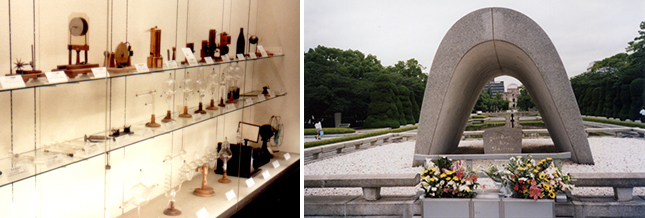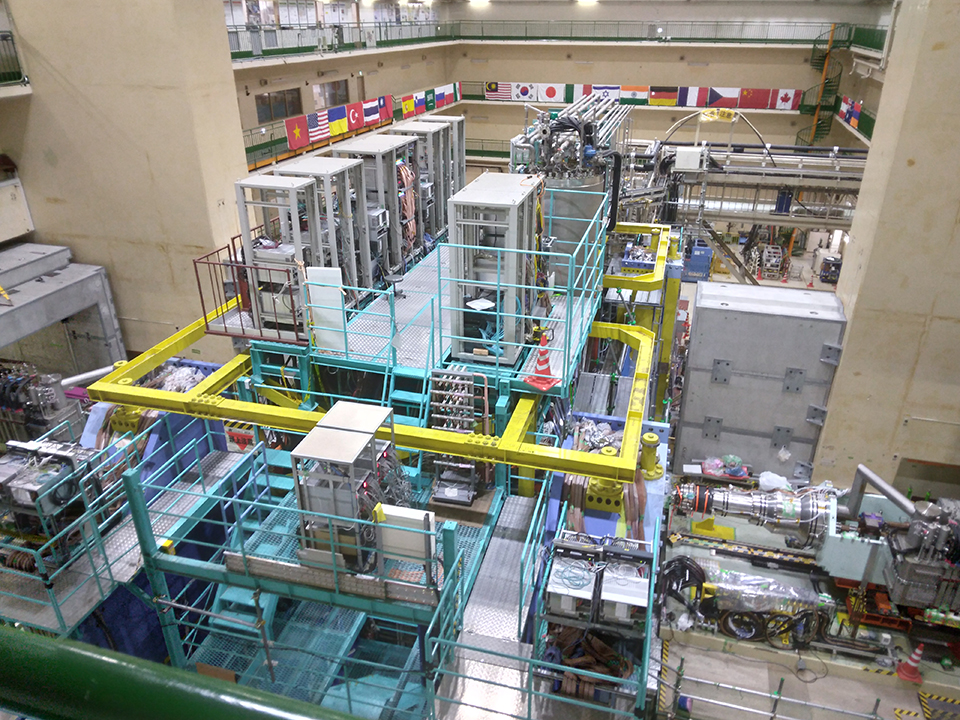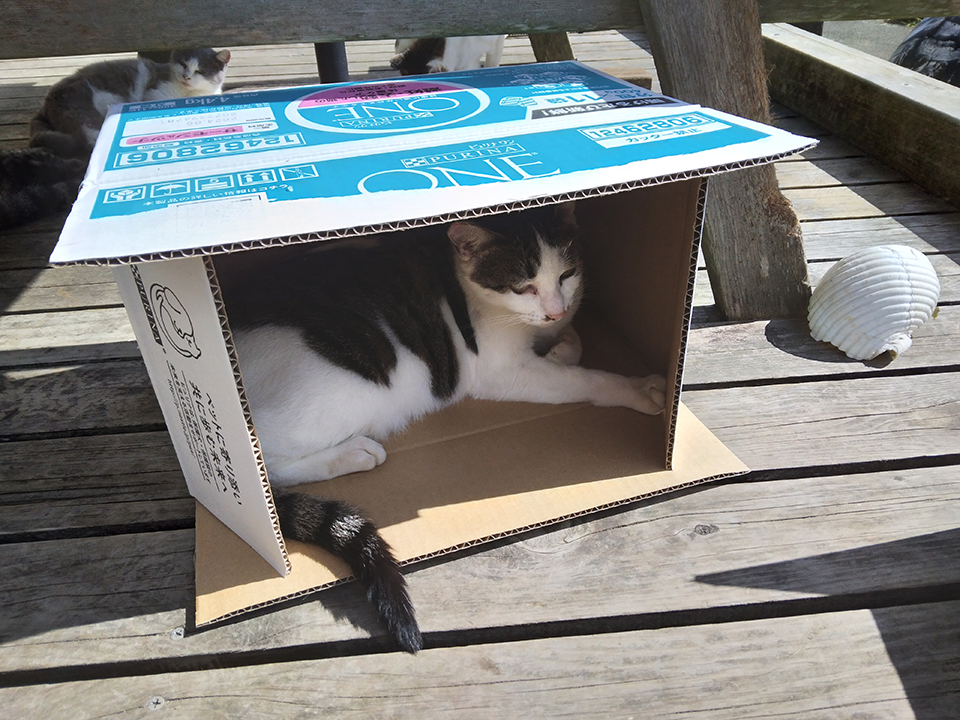I like Japan. Having visited initially for the pleasure of international travel, and then for academic research, I keep wanting to learn more about this country along with its culture and history. Besides keeping up with the general news from Japan and staying in contact with Japanese scholars, I value the communications from the JSPS Washington DC office (JSPS stands for the Japan Society for the Promotion of Science) and the US-Canada JSPS Alumni Association.
My visits to Japan (1984, 1994, 2003, 2005, 2023)
1984 – My first visit to Japan involved a two-week exploration of the country’s cultural and geological aspects under the guidance of the University of California-Davis Wildness Extension. With travel split between the busy cities of Tokyo and Kyoto and the quieter mountain regions around Fuji-san and Mt. Hotaka, I enjoyed a wonderful ‘first visit’ to Japan where I obtained a greater appreciation of Japanese history, life, food, and suffered from way-too-short yukatas.

1994 – A second chance to visit Japan arose when I was selected as one of the 60 graduate students to participate in the 1994 NSF Summer in Japan program. This two-month program opened with a week-long orientation in Tsukuba (Japan’s science city) followed with moving to Tokyo for the remainder of the NSF Summer Institute. Given my computer background and having just finished a M.S. in Engineering Management at Santa Clara University, I was placed at the Information Systems Center of Japan Information Center of Science and Technology (JICST) in Tokyo, where my summer project was an “Evaluation of prototype systems for the production and retrieval of Japanese language full-text databases.”
Besides my exploring the sights in Tokyo, our group enjoyed an overnight stay in Nikko where we visited the impressive Toshogu Shrine.

2003 – My growing interest in Japanese history of science led to a third trip to Japan where I travelled widely to visit a number of museums with scientific instrument collections. From Sawara to Tokyo to Kyoto to Hiroshima, I viewed scientific apparatus associated with land surveying, computers, mechanics, x-rays, meteorology, and more. Given that most of the collections I visited were little known outside of Japan, I made it a goal for this trip to write a short article that would help generate interest in visiting these museums, especially in light of the upcoming 2005 IUHPS meeting in Beijing (my “Report on some Scientific Instrument Collections in Japan” would appear in the December 2004 Bulletin of the Scientific Instrument Society).
This two-week trip marked my first solo visit to Japan and gave me many opportunities to get a little more lost than usual. However, having had studied Japanese for a year, I was better able to extricate myself from wrong turns and minor misunderstandings most of the time.

2005 – My second NSF Summer in Japan program gave me two months to pursue an investigation into the history of spectroscopy in Japan during the late-Meiji and Taishō periods via the examination of individual Japanese scientists, their home institutions, and their instruments. My primary objectives were to find historical documents along with any surviving artifacts that explained the growth of this field of research in Japan and why a striking number of Adam Hilger spectroscopic instruments came to Japan.
From my small-rented apartment in Maruyama-Cho, Tokyo, I carried out research at the nearby National Science Museum and enjoyed the rich journal collections at the University of Tokyo. In addition, I travelled north to Sendai and Sapporo and south to Osaka, Kyoto, and Kanazawa to see historical instruments and documents in those locations.
Given generous help from my host, Professor Okamoto Takuji of the University of Tokyo, I was able to enjoy a very productive summer in Japan.

2023 – In late fall I visited Japan for two weeks of research and general travel. It had been 18 years since my last visit, and I wanted to renew connections with friends and colleagues in addition to seeing what had changed. I spent the first part of my trip in Tsukuba, Japan’s science city, starting with a day at the KEK High Energy Accelerator Research facility where I enjoyed a tour that included seeing the Belle II detector (see below image). Following the tour, I had time to look at historical material held in the KEK archives connected to the computing resources used to support KEK’s work in high energy physics.

The next day took me to the National Science Museum archives in Tsukuba to look at items stored in the Nagaoka Hantaro collection. I had worked with most of this material before, but now I had different questions to ask about his work in physics, mainly about details related to his international travels and how he built up a useful global network of connections with other physicists of the day.
I wrapped up my time in Tsukuba with an easy bus trip to Mt. Tsukuba to climb its two peaks, Nyotai-san and Nantai-san. I took the cable car to the mountain top area and then followed the sometimes-crowded trails to reach each of the peaks. The weather was fair which allowed for decent views of the Kanto Plain where Tsukuba City could be seen as well as hints of distant Tokyo.
Tokyo was my next major stop, an easy trip via the new Tsukuba Express train line, a line new to me. Being the weekend, I had decided to split this 45-minute journey from Tuskuba to Tokyo in half by staying Saturday night in Moriya City where I chanced upon a local festival that had dance and judo demonstrations along with plenty of tasty food offerings. The next morning, I walked from my hotel to get to nearby Wild Bird Footpath, a set of trails in a wetland area that made for a nice break from the urban qualities of Japan.
Tokyo’s strong urban vibe hadn’t changed a bit since my last time in Japan. I liked how the new Suica Card made taking a subway trip much easier, though the civil protocol of entering and exiting trains remained the same as always. My first visit was a long lunch with my 2005 Summer in Japan host professor from the University of Tokyo, Okamoto Takuji, where we caught up with each other’s news. The next visit was a day spent with fellow historian of science Yamaguchi Mari where we wandered the interesting exhibits at the National Science Museum in Ueno Park followed by a nice meal that evening. Next up was time seeing the relatively new Miraikan Museum and its many interactive exhibits in addition to a short visit to the JSPS Tokyo office where I met with a pair of former JSPS Washington DC Office colleagues. Last was a short trip to Wako city to spend time at RIKEN where I could explore their archives looking (again) at material related to the computers used to support RIKEN’s numerous research missions. Finding a place to eat in Tokyo remained easy along with paying for meals as credit cards are now much more widely accepted. This and have lived in Tokyo before made my time in Japan’s capital city go smoothly with my getting lost only a few times.
By now it was the weekend again and my plans had me taking the Shinkansen to Sendia to then connect with a local train to the coastal city Ishinomaki. My goal was to catch the ferry to spend a day on Tashirojima or “Cat Island”. The island lived up to its name with many cats to be found, mostly where the locals lived, or where visitors congregated. Tashirojima’s narrow roads made for good walking paths that made it easy for me to explore the island with more cats than cars being encountered.

I brought my visit to a close back in Tokyo where I attended the Artefacts XXVIII Conference held at the National Museum of Nature and Science near Ueno Park. Overall, it was a productive trip where my visits to various archives should help me prepare what I hope will be a successful application for a JSPS Fellowship to let me return yet again to Japan soon.
